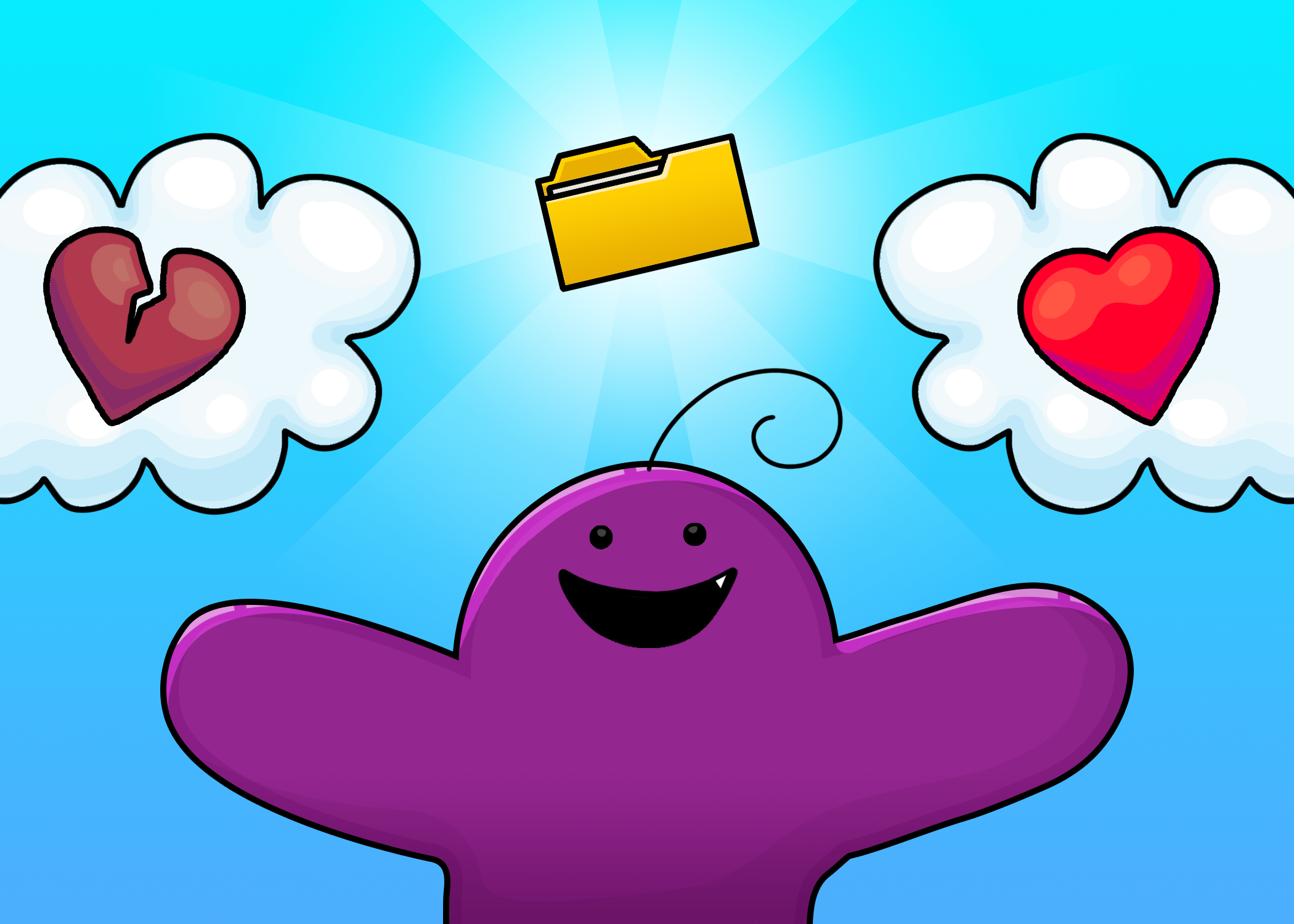Since we are children we are taught that no two people are alike, and everyone has a unique story. Nonetheless, the best stories are the most universal – the ones that resonate with audiences on a deeper level.
Think back to some of your favorite Disney movies. In “Cinderella,” we saw the belief that good things can come out of hardship. In “Beauty and The Beast,” Belle taught us to look beyond the superficial. “The Lion King” explores a young person’s journey of finding their identity and purpose. These concepts are all found across cultures. Virtually anyone can understand the message. And yet, these stories are completely made-up! All of these (quite obviously) fictional stories were able to strike a chord.
As a speaker, you’re looking to craft stories that your audience can relate to – even if there’s only a small chance they’ve actually experienced the things you speak about in their lives. That’s why it’s so important that we speakers keep track of our true stories in a “story file.”
The way I define this concept is as follows: A story file is a collection of anecdotes (personal stories). It can include your personal experiences, things you hear about on the Internet or in books, and even folktales or fables. This record is made so that when planning a speech, a storyteller can pull out their story file and select a tale that best illustrates the concept they want to talk about.
So how can you keep your own story file? I believe there is a simple series of steps a young speaker can take to start effectively collecting their experiences into their very own story file.
- Find meaningful experiences. Whenever possible, try to speak about something you’re passionate about. If you have a favorite hobby or activity, write down what you do so you could talk about it in a speech. Diversifying your daily experiences can prove useful too. The more experiences you have, the more you can pull from in the future. And it helps that trying new things pushes you out of your comfort zone. 🙂
- Preserve your memories. After you have any experience that makes you have a strong emotion (happy, sad, even angry) write it down as soon as possible. You can choose whether to keep your story file online or on paper, but you need to make sure you have a consistent and reliable story record. (These days, it is likely the easiest option to create your story file digitally, because you can easily access it from different places if you need to jot something down quickly.)
- Make time for reflection. Every so often, sit down with your story file and record any of your thoughts regarding each of the stories. This will allow you to pull the right story for a certain emotion or theme. If you see any connections between stories, note that down as well. You can also use this time to cut out any stories that might not work so well, making room for more thoughts.
- Build your story structure. Establish a clear beginning, middle, and end for each story. If you need any ideas, check out my blog post on the 7 basic story plots. Planning stories out in this way beforehand will help with incorporating them properly into the flow of your speech. Make sure to start thinking about your characters, your setting, and the lessons or message your audience should take away from your story.
- Organize the file into categories. When making your story file, it’s important to think ahead. Sort your stories into different categories! These categories can be whatever you want, but I recommend sorting them by the emotions they make you feel. (For example, a nice memory of building a sand castle on the beach with your siblings might be filed under “Happy” so that you can draw on it to set the scene for a nostalgic, pleasant speech.)
- Sharpen your skills with practice. Share the stories you have written down with your family and friends, and experiment with vocal variety! Add in different figurative language and try different tones of voice. Remember, being dramatic is actually a good thing when telling a story! It pulls your audience in and helps you keep their attention.
Now that you have the secret to building the ultimate story file, you can create speeches that share who you are as a person. Remember, the best stories are the ones that draw on shared human experience, and a good story file can help you make an unforgettable speech!




